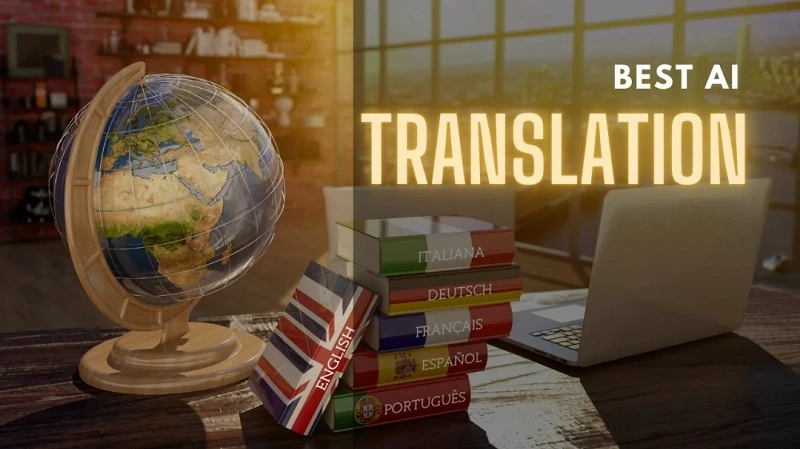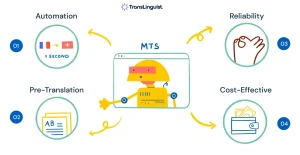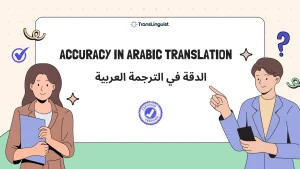In the internationalized world of today, language communication has never been more crucial. From global business to global partnership, not to mention the mere convenience of being able to merely communicate with foreign nationals, language chasms sometimes seem too vast to traverse. But the unlimited flight of Artificial Intelligence (AI) is ushering in some wonderful new technologies to fill them, spearheaded by Live AI Translation.
Consider a world in which language becomes no longer a barrier to communication. That is what live AI translation provides. Founded upon advanced natural language processing (NLP) and machine learning, this kind of technology has the ability to translate written or verbal words in real-time from one language to another for immediate communication.
How Live AI Translation Works:
In simplest terms, live AI translation is a matter of a few simple steps.
Input: The computer system takes input in the form of text or voice from the source language. It may be a man reading from a film, typing on a typewriter, or talking into a microphone.
Analysis: The AI program examines the input in the form of single words, phrases, and grammatical structures.
Translation: From large amounts of multilingual text and complex models, the AI computes what will be the equivalent intent in the target language.
Output: The translated text or audio is then rendered out to the user, either on a screen in written form or as synthesized speech.
‘Live’ is what counts. Unlike the time and energy draining conventional approach to translation, live AI translation occurs almost in real time, generating silky-smooth and off-the-cuff conversation or instant understanding of written language.
The Impacts of Live AI Translation
The potential applications and effects of live AI translation are broad and far-reaching:
World Communication: Enabling freer communication at global business seminars, international conferences, and inter-company joint ventures.
Accessibility: Overcoming language barriers for the less linguistically able, making access to everyday services, information, and social contact easier.
Education: Empowering the learning of students by allowing them to learn from study texts and go to class, irrespective of what language they speak.
Travel and Tourism: Facilitating travel by making travel possible by enabling tourists to communicate better with the locals, read signs, and venture into new ground.
Customer Service: Providing multilingual customer care in real-time to global customers, increasing satisfaction and market share.
Emergency Services: Facilitating better emergency communication between emergency services and non-native English speakers.
Instant Communication, No Limits
Live translation utilizes advanced technology to instantly convert speech or text between languages. This technology drives tools such as live subtitles during video calls, translation applications for those on the go, and support chats that cater to multiple languages. It dismantles obstacles in communication within business, education, and everyday interactions, facilitating smooth dialogues across different languages. Though still a work in progress, developments in neural networks are consistently enhancing their precision and subtlety. Live translation technology is transforming global communication, enhancing connectivity and accessibility across the globe.
The Future of Language Access
Live AI translation is not intended to entirely supplant human translators. Human translators convey shades of comprehension, cultural sensitivity, and context depth that are yet to be revealed to AI. Live AI translation is a highly useful ancillary tool still, which assists in filling communication voids where it is impossible to have human translation or speed is of the essence.
As the technology for AI keeps advancing, live translation will be more accurate, smoother-sounding, and a part of our daily lives. With wearables and smartphones translating automatically, through artificial intelligence-based simultaneous interpretation of large events, live AI translation can be at the forefront of creating the world a more integrated, inclusive society where language will not be a barrier.
The pursuit of perfect multilingual communication is ongoing already, and Live AI Translation is an excellent facilitator in crossing the language access divide, understanding, and uniting people from all corners of the globe.
Enjoy tomorrow’s conversation with Translinguist. Our live AI translation technology removes language barriers, and you can interact, work, and thrive unfettered. Visit today and see how Translinguist will revolutionize your global conversation.
FAQs
Where do I apply Live AI Translation?
Live AI translation is supported in full on both mobiles: smartphones and tablets, wearable devices like smart glasses and earbuds, and computer systems. A few conferencing platforms even support the technology for real-time multilingual conferencing.
Is Live AI Translation secure?
Mostly, yes. Big providers build in a lot of data security. But here’s the catch: you really want to read their privacy policy before you throw sensitive stuff into the system. Sending your lunch order? No problem. Sending confidential business data? Maybe think twice. Treat it like any online tool use common sense, check the locks, don’t overshare.
What is Live AI Translation?
Think of it as your instant language wingman. Live AI Translation takes what you say or write and flips it into another language right there, in the moment. No waiting, no awkward “hold on, let me Google this.” It runs on fancy tech (NLP, machine learning… the usual buzzwords) but the result is simple: smooth, real-time conversations with someone who doesn’t speak your language. Pretty wild, right?
What does the future look like for Live AI Translation?
Honestly? Kind of sci-fi. We’re talking glasses that subtitle conversations in real-time, earbuds that whisper translations while you walk through Rome, AR overlays that translate street signs on the spot. And the translations themselves? The line between “translation” and just “communication” is probably going to blur until you don’t even think about it anymore.



